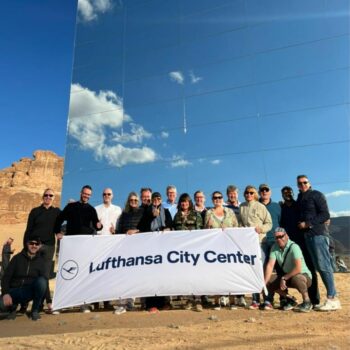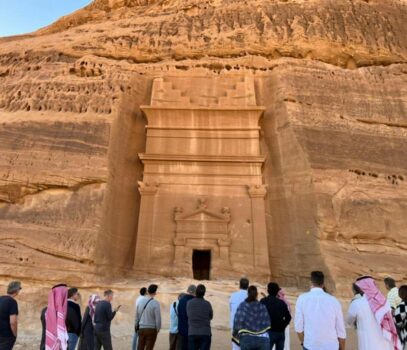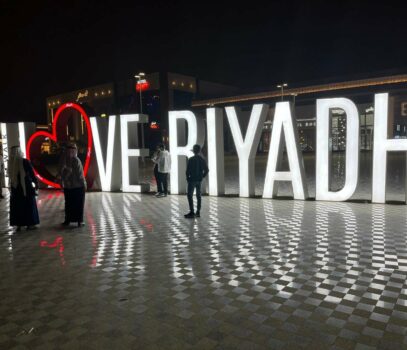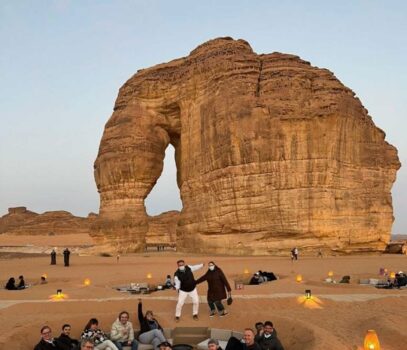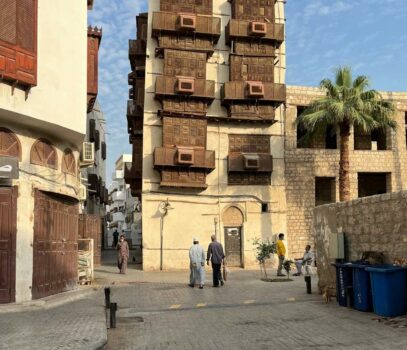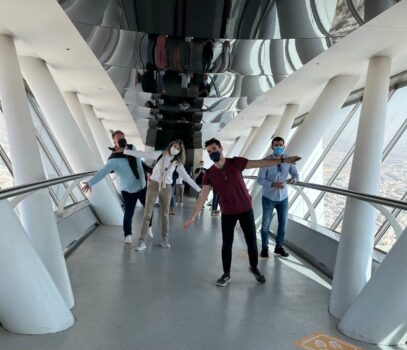- Global DMC Network
- Our DMC Partners
-
Travel Inspiration
-
Themed Travels
- Women Only Wandering- Ladies on Tour
- Longevity
- Love in every corner of this world
- Blockbuster Destinations
- New Mobility
- Cosy Boutique
- Slow Travel
- Wander Wild
- Cool-Cationing
- Buzzling Metropolis
- Endless Luxury
- Mindful Journeys
- Community Based Tourism
- Taste & Travel – Culinary Delights
- Sustainable Travel Offers
- Arts and Music
- Cruise
- Honeymoons
- Authentic Travel Experiences
- Spa & Wellness
- LCC Destination Partners
- Namibia Travel Blog
-
Themed Travels
- Become a DMC Partner
- Contact
- Global DMC Network
- Our DMC Partners
-
Travel Inspiration
-
Themed Travels
- Women Only Wandering- Ladies on Tour
- Longevity
- Love in every corner of this world
- Blockbuster Destinations
- New Mobility
- Cosy Boutique
- Slow Travel
- Wander Wild
- Cool-Cationing
- Buzzling Metropolis
- Endless Luxury
- Mindful Journeys
- Community Based Tourism
- Taste & Travel – Culinary Delights
- Sustainable Travel Offers
- Arts and Music
- Cruise
- Honeymoons
- Authentic Travel Experiences
- Spa & Wellness
- LCC Destination Partners
- Namibia Travel Blog
-
Themed Travels
- Become a DMC Partner
- Contact
- Global DMC Network
- Our DMC Partners
-
Travel Inspiration
-
Themed Travels
- Women Only Wandering- Ladies on Tour
- Longevity
- Love in every corner of this world
- Blockbuster Destinations
- New Mobility
- Cosy Boutique
- Slow Travel
- Wander Wild
- Cool-Cationing
- Buzzling Metropolis
- Endless Luxury
- Mindful Journeys
- Community Based Tourism
- Taste & Travel – Culinary Delights
- Sustainable Travel Offers
- Arts and Music
- Cruise
- Honeymoons
- Authentic Travel Experiences
- Spa & Wellness
- LCC Destination Partners
- Namibia Travel Blog
-
Themed Travels
- Become a DMC Partner
- Contact
My trip to Saudi after 10 years
- Home
- Preferred Destination Saudi
- Saudi Travel Blog
- My trip to Saudi after 10 years
Written by Jan van Steen, LCC Omnia Travel, Belgium
In times of corona, the prospect of traveling is just a little more exciting. Something to look forward to and if you can visit a beautiful destination such as Saudi Arabia it becomes even more enjoyable. I am curious to see how this country has changed in the last 10 years.
The migration at the airport in Jeddah went very smoothly. Afterwards the queue to receive a SIM card was long. After a long day, we arrived at the hotel around 1 o'clock in the morning.
The Assila Hotel is beautiful. After a short night and a good breakfast, we left the hotel at nine o’clock for a long drive to King Abdullah Economic City to visit some hotels and a nice golf hotel. After a gorgeous meal in the Sun Hotel, we drove back to Jeddah to visit the old city. The Jeddah Old City is a home for 500-year-old buildings, last year they renovated 34 houses and this year they plan to renovate 65 houses. This is a nice place to visit with clients. As everyone was tired, the guide decided to shorten the visit and go back to the hotel to freshen up.
There is a huge difference from the impression I had from the previous visit. Ladies are still wearing a black abaya but you see now many women who do not cover their face any longer. The guide told us that it is no longer an obligation from the state, but women do that voluntarily. In the evening, we had dinner at the Kabana restaurant. This was a good choice, with nice terrace, excellent food (too much) and a good ambiance with western music. You could clearly see from the customers and the expensive cars in front of the restaurant that this place is only for the happy few. Highly recommended for customers coming to Jeddah. It is still forbidden to drink alcohol in Saudi Arabia, but we have received non-alcoholic beer on the bus. Nice surprise.
The next day we drove to Alula. In Alula we enter the mountains with beautiful landscapes. The contrast with Jeddah is great. We drove to Sanden Resort and we were welcomed with a beautiful lunch in the grass. The food was cooked underground in specially made ovens. The atmosphere in the group was great, and the food was very tasty. This lunch had a real incentive feeling. Afterwards we drove to Hegra, the location where the Nabataean lived 2000 years ago. We visited the tombs carved from giant rock formations in the mountains. This place is strongly reminiscent of Petra and Wadi Rum in Jordan. Currently still with a limited number of visitors, but this site will change strongly under the influence of tourism. For the moment the hotel accommodation is to limited and the state wants to develop up to 5.000 hotel rooms in 10 years’ time.
The sunset at the Elephant Rock was beautiful. We could enjoy a good coffee at a campfire. Afterwards we had dinner in a new Italian restaurant, Circolo in the old city of Alula. The food was tasty, but the local cuisine is more appealing to me. It is winter there and it was quite cold on the terrace. This was amply compensated by the beautiful square and the live music.
It is striking that the mentality is much more conservative than in Jeddah. Most women are still fully covered. At the market, the men sat together and elsewhere the women sat, often with young children.
Afterwards we had a short walk through Old Town Market. Worthwhile, a long pedestrian street with local shops and several restaurants. Only local residents can have a shop here.
Saturday morning we could sleep in and we left for the Dadan Ikmah Heritage tour. During the drive, we were confronted with road works and the walk was canceled. We then went to visit an old train station, or what is left of it. The weather is nice and in the sun it is pleasant. There was a lot of wind which made it feel fresh. It was warmer in Jeddah.
Afterwards we visited Habitas resort. The hotel prefers to talk about a home and promotes that it is a sustainable hotel. This has only been open for a few months and focuses on upscale clientele, a room for 2 people costs around 900 euro. A fantastically beautiful domain with many villas, a very nice pool, bar and restaurant. The resort also offers sauna facilities. According to the eloquent sales manager, the Argan oil is one of the best in the world. The reservations run smoothly and they mainly target couples without children. Habitas is a Mexican chain that is in full expansion. A beautiful domain, but the houses are not upscale as the price suggests. Next year, a similar Accor resort will be built, close by.
A little further on, a Mirrored Building, called the Maraya Concert Hall was built in 2020. It serves as a concert hall with a capacity of 550 persons. This phenomenal building was included in the Guinness World Records book. Due to the mirror, this gives the effect of being perfectly integrated with the environment.
The flight to Riyadh was delayed for one hour. The people of the Saudi Tourist board are very flexible and adjust the program as soon as something changes. As soon as we leave the airport, you immediately feel that we have landed in the capital. Lots of honking cars driving together. This city counts for 7.6 million habitants. The contrast with Alula could not be greater. It has been raining here, which does not happen often.
We have learned that the Saudis mainly live at night, because it is too hot during the day during 7 months. The best period to visit Saudi Arabia is between October and March, knowing that the coldest period is between half December and half January.
I have the feeling that we are only allowed to see a part of the country with many upscale hotels and restaurants. The country is probably not yet ripe to give us a glimpse of normal life. Opening up this country to tourists has just started and will undoubtedly be further developed.
On the road again to see The Skybridge situated at Kingdom Centre, a landmark in Riyadh, where also the Four Seasons hotel is located. The Skybridge, located on the 99th floor, offers a unique opportunity to get a view of the immense city of Riyadh from above.
From the Skybridge we see how extensive Riyadh is, with many low buildings and a number of remarkable skyscrapers. The ring crosses the city from south to north.
We went to Najd Heritage Village for lunch. The restaurant is built in traditional Najd style with inner courtyards. We had an Arabian coffee drink seated on the ground before lunch. Salman explained the tradition behind the coffee ritual, where all neighbors were welcomed to drink coffee together. Afterwards they served us a traditional lunch with a lot of choice and even camel meat was on the menu. We sat on the floor to eat and this was a special experience. Definitely worth doing.
After this extensive lunch we went on the cultural tour to visit contemporary art exhibition “Feeling the stones” at the Diriyat Biennale Foundation. A huge complex with very diverse works of art. When we got outside it was already dark and we drove to the Masmak Fortress, located in the old quarter. The city is very large and transportation takes quite some time. When we arrived there, we had to visit the museum at a trot because afterwards there was a light show and traditional dances. Such a festival was totally unimaginable 10 years ago and shows how society has changed. Afterwards a short tour of the Souk Al Zel, a typical Arabic market. We took the bus again to get to U Walk Place. This is a beautiful avenue full of restaurants, coffee bars and shops. It is an important tourist place, which you do not expect in Riyadh but rather in a western capital. Our restaurant HuqqA is located at the end of the Boulevard.
Since June 2017, Mohammed bin Salman Al Saud has been Al Saud crown prince of Saudi Arabia. He is the son of Salman bin Abdul Aziz al-Saud. The 35-year-old crown prince is considered the de facto ruler of Country. He is mainly responsible for the reforms in the conservative Gulf kingdom, including lifting the ban on women driving and seeking to diversify the economy.
We visited the National Museum, which is divided, into 8 galleries. This interesting tour gave us a good insight into the beginnings of Saudi Arabia and the development of the Muslim. All this in an hour and a half.
We then drove, for more than one hour, to the Boulevard Riyadh season in a new part of Riyadh, which is a long way from the museum, for a walk and the last meal. We must be aware that when we come with groups, we have to plan the route as efficiently as possible to avoid too much time loss in the bus. The Boulevard is a combination of a huge shopping mall and an amusement park. Dinner at the restaurant Al Nakheel, as usual, was again excellent.
We had a very interesting trip where we got a different picture of Saudi Arabia. The country is changing rapidly and tourism is gradually taking off. The population is hospitable and we have noticed several times that they are open to a conversation. This is certainly an interesting destination for customers who want to get to know a new country. Tourism still has some beginner problems, but we are happy to take that on board. I’m confident that, after this fam trip, different groups to Saudi will be realized.
